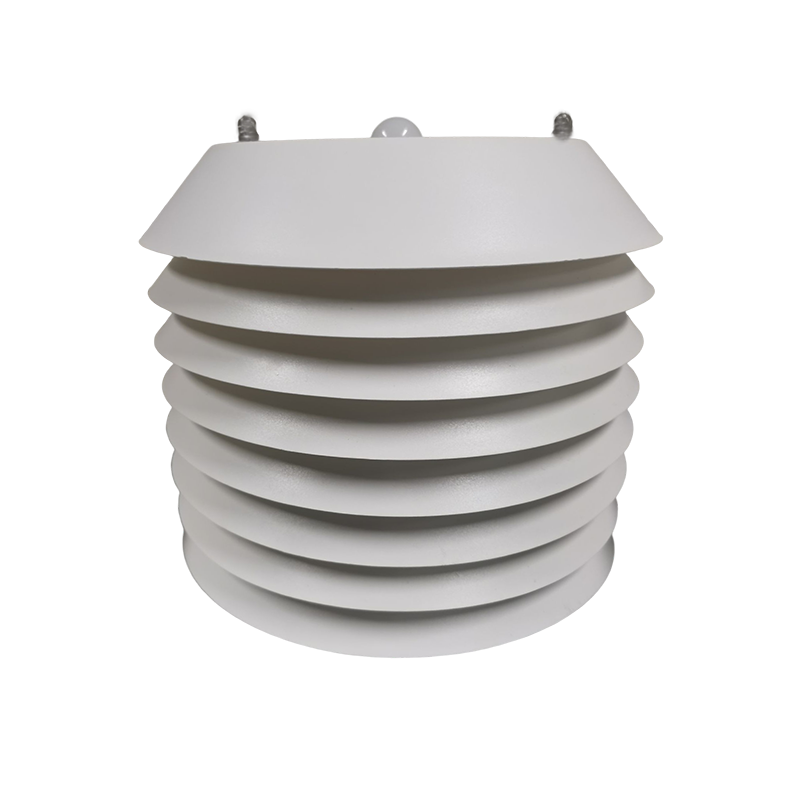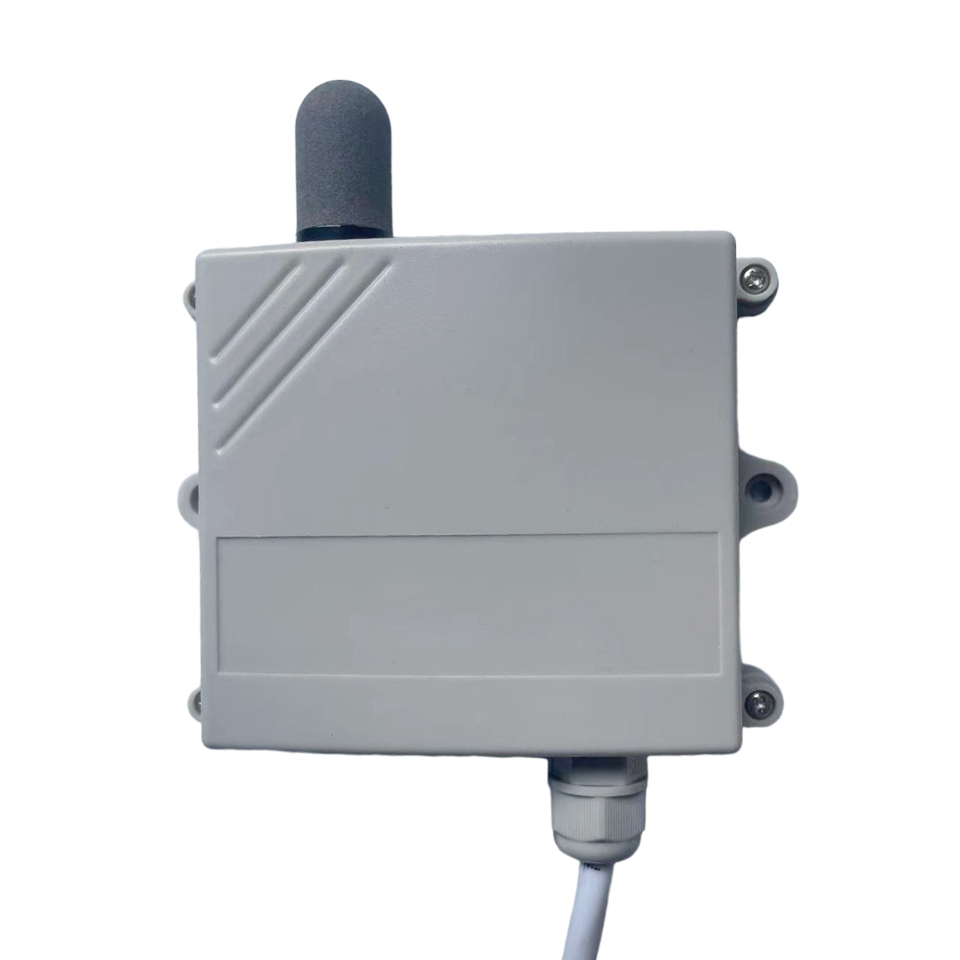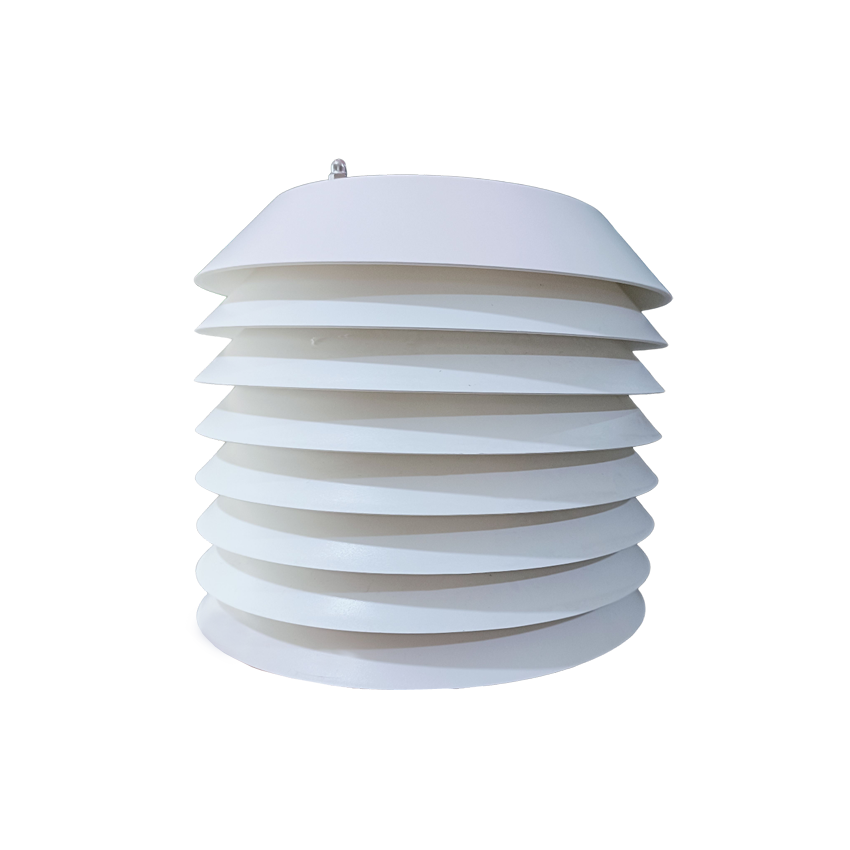

— Products —
 Consumer hotline +8618073152920
Consumer hotline +8618073152920 WhatsApp:+8615367865107
Address:Room 102, District D, Houhu Industrial Park, Yuelu District, Changsha City, Hunan Province, China
Ambient Sensors
Combined air temperature and relative humidity sensors are a common environmental monitoring device that can measure and provide data on both air temperature and relative humidity parameters simultaneously. Combined air temperature and relative humidity sensors have a wide range of applications and are important for environmental monitoring and control. They play a key role in meteorology, indoor air quality, agriculture and constant temperature and humidity.
Tel/WhatsApp:+8615367865107
Email:Arvin@niubol.com +Nearly 100 partner company in more than 68 countries. We are committed to providing high-quality, practical products to meet your needs and help you solve problems.Product Details


| Temperature measurement | - Measuring range: -40℃~80 - Accuracy: ±0.5℃. - Resolution: 0.1℃ |
| Humidity Measurement | - Measuring range: 0~100%RH - Accuracy: ±5%RH - Resolution: 0.1%RH |
| Barometer Measurement | - Measuring range: 10~1200hPa - Accuracy: ±1.5hPa - Resolution: 0.1hPa |
| Power supply | - Optional: DC 12V-24V or other (please consult customer service) |
| Output | - RS485 or 4-20mA |
| Working environment | - Operating temperature: -40~80℃ - Relative humidity: 0~100%RH |








Combined air temperature and relative humidity sensors are a common environmental monitoring device that can measure and provide data on both air temperature and relative humidity parameters simultaneously. The following is an introduction to the combined air temperature and relative humidity sensor:
Combined Air Temperature and Relative Humidity Sensor Working Principle:
Air Temperature Measurement: The sensor carries a temperature sensor inside, which determines the temperature of the air by measuring the heat of the surrounding environment. Common temperature sensors include thermistors (such as NTC) and thermocouples.
Relative Humidity Measurement: The sensor uses a humidity sensor inside to measure the moisture content of the air. The most common humidity sensors work on the principle of capacitance change, where the capacitance value changes when the humidity in the air changes.
Combined air temperature and relative humidity sensor features and functions:
Real-time monitoring: combined air temperature and relative humidity sensors are able to monitor temperature and humidity changes in the environment in real time.
High Accuracy: Quality sensors are highly accurate and stable, providing accurate temperature and humidity data.
Digital Output: Sensors typically use digital signal outputs such as I2C or common communication protocols such as MODBUS.
Widely used: Air temperature and relative humidity combination sensors are widely used in meteorological observation, indoor air quality monitoring, agriculture, warehouse management, constant temperature and humidity equipment and other fields.
Air temperature and relative humidity combination sensor installation and use precautions:
Location selection: should choose to install the sensor in a representative area, to avoid exposure to direct sunlight or other interfering factors.
Calibration and Maintenance: Calibrate the sensor regularly to ensure the accuracy of the measurement results, and keep the sensor clean and maintained.
Air temperature and relative humidity combination sensor installation and use precautions:
Location selection: should choose to install the sensor in a representative area, to avoid exposure to direct sunlight or other interfering factors.
Calibration and Maintenance: Calibrate the sensor regularly to ensure the accuracy of the measurement results, and keep the sensor clean and maintained.
Combined air temperature and relative humidity sensors have a wide range of applications in several fields. The following are some common application scenarios:
1. Meteorological observation: Air temperature and relative humidity are one of the most basic parameters in meteorological observation. Combined sensors can be used in weather stations, weather forecasting, climate research and other fields to provide real-time temperature and humidity data for weather analysis and prediction.
2. Indoor environment monitoring: air temperature and relative humidity are important indicators for assessing indoor air quality. Combined sensors can be applied in offices, houses, schools, hospitals, etc. to monitor indoor temperature and humidity levels and help maintain a comfortable indoor environment.
3. Agriculture: Air temperature and relative humidity have a significant impact on crop growth and agricultural production. By monitoring changes in temperature and humidity, farmers can keep track of the climatic conditions of their farmland and adjust agricultural management measures such as irrigation, ventilation and greenhouses to improve crop yield and quality.
4. Food storage: During food processing and storage, temperature and humidity control is essential to maintain the freshness and quality of food. Combination sensors can be used to monitor temperature and humidity in food storage environments, helping to ensure the safety and durability of food products.
5. Constant temperature and humidity equipment: air temperature and humidity sensors play an important role in constant temperature and humidity equipment (e.g., constant temperature box, constant temperature room, etc.). Through real-time monitoring and feedback of temperature and humidity data, the heating, cooling, humidification, dehumidification and other functions of the equipment are controlled to maintain constant temperature and humidity conditions inside the equipment.
These are just a few examples of applications for combined air temperature and relative humidity sensors, and they can actually be used in many other areas, such as temperature and humidity control systems, building construction, warehouse management, and more. Depending on the specific requirements, the installation and use of the sensors may vary.
In summary, combined air temperature and relative humidity sensors, which provide accurate air temperature and relative humidity data at the same time, have a wide range of applications and are important for environmental monitoring and control. They play a key role in meteorology, indoor air quality, agriculture and constant temperature and humidity.
NBL-W-LBTH-Atmosphere-temperature-humidity-and-pressure-sensor-instruction-manual-V4.0.pdf
Prev:Wall-mounted temperature and humidity sensors used in storage warehouses, greenhouses
Next:Measures air temperature and relative humidity pressure Sensor
Sensors & Weather Stations Catalog
Agriculture Sensors and Weather Stations Catalog-NiuBoL.pdf
Weather Stations Catalog-NiuBoL.pdf
Related recommendations
 Combined air temperature and relative humidity sensor
Combined air temperature and relative humidity sensor 6-in-1 Temperature, Humidity, Pressure, Illuminance, CO2, and CO Sensor
6-in-1 Temperature, Humidity, Pressure, Illuminance, CO2, and CO Sensor CO2 Humidity and Temperature Sensor
CO2 Humidity and Temperature Sensor Measures air temperature and relative humidity pressure Sensor
Measures air temperature and relative humidity pressure Sensor Wall-mounted temperature and humidity sensors used in storage warehouses, greenhouses
Wall-mounted temperature and humidity sensors used in storage warehouses, greenhouses PM2.5/PM10 Integrated Sensor
PM2.5/PM10 Integrated Sensor
Screenshot, WhatsApp to identify the QR code
WhatsApp number:+8615367865107
(Click on WhatsApp to copy and add friends)
